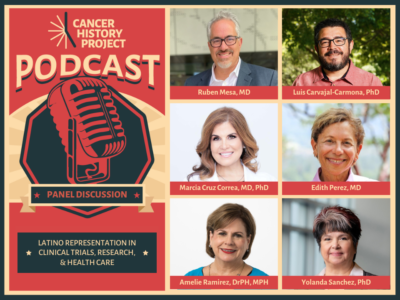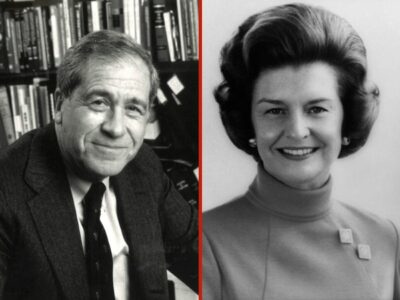Two decades ago, the discovery of the EGFR mutation transformed lung cancer treatment. The finding led to dramatically improved survival rates and ushered in the era of precision medicine and molecular profiling for lung cancer.
In 2021, The Cancer Letter launched the Cancer History Project, a first-of-its-kind collaborative archive of oncology’s history.
A mathematical puzzle fascinated Susan Ellenberg as a child.
Hispanic and Latino people comprise nearly 20% of the U.S. population, but less than 6% of physicians nationwide identify as Hispanic.
On Nov. 24, 2003, an article in The Boston Globe told the story of a patient’s remarkable response to gefitinib, a drug that had recently been approved by FDA.
It is rare that an ABC Movie of the Week endures. Buzz Kulik’s 1971 “Brian’s Song” is a notable exception.
Something odd turned up in one of Lawrence Phillips’s routine health screenings in 2008.
In June 2020, I was seeing consults in the damp, windowless basement of a community hospital in North Carolina.
Christy Erickson was seven years old when her mom lost a three-year battle with breast cancer.
Twenty years ago, the discovery of epidermal growth factor receptor mutations as drivers of tumorigenesis and viable targets for therapeutic intervention marked the beginning of a new era in lung cancer diagnosis and treatment. Since then, the field has made remarkable progress towards developing more effective targeted treatments and immunotherapies that have significantly improved patient outcomes and survival.















